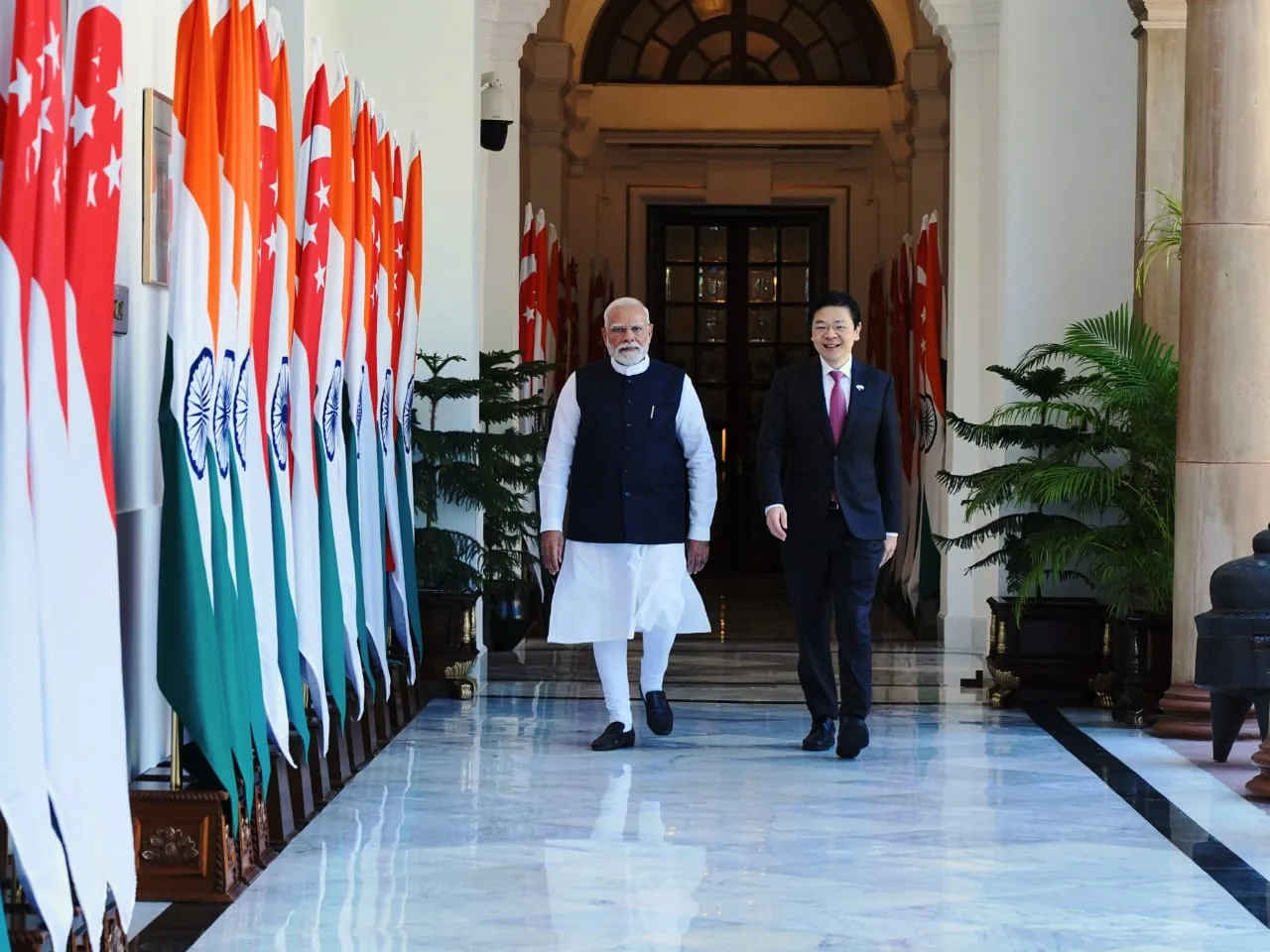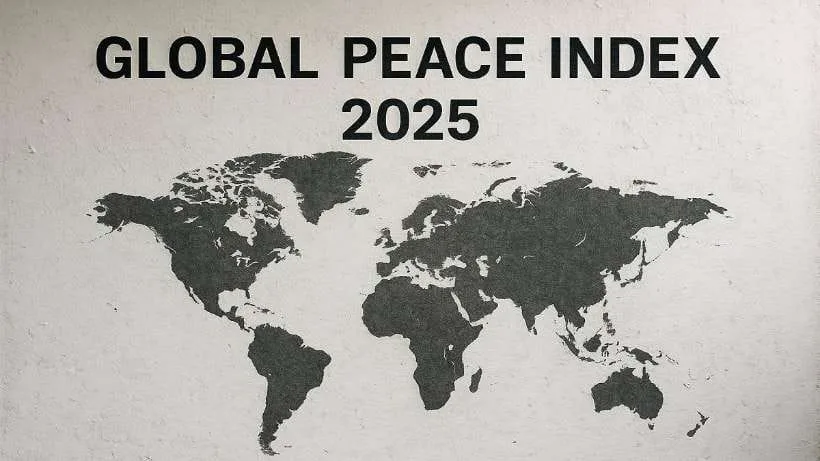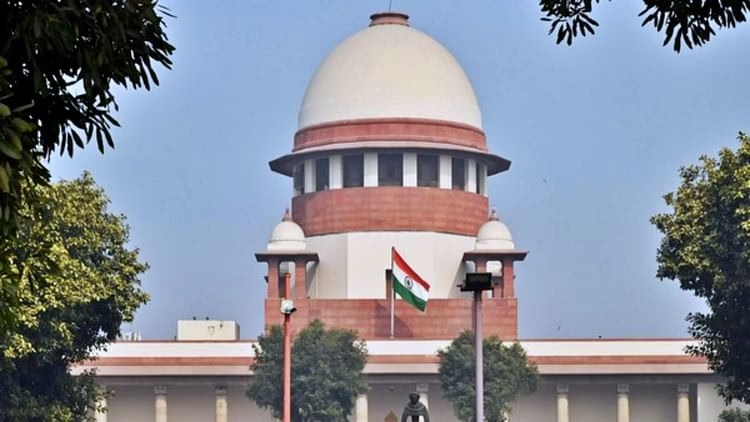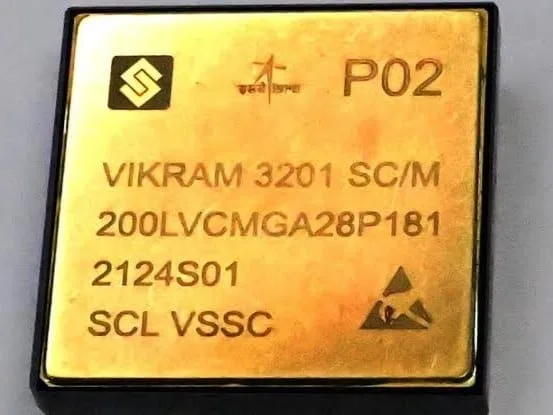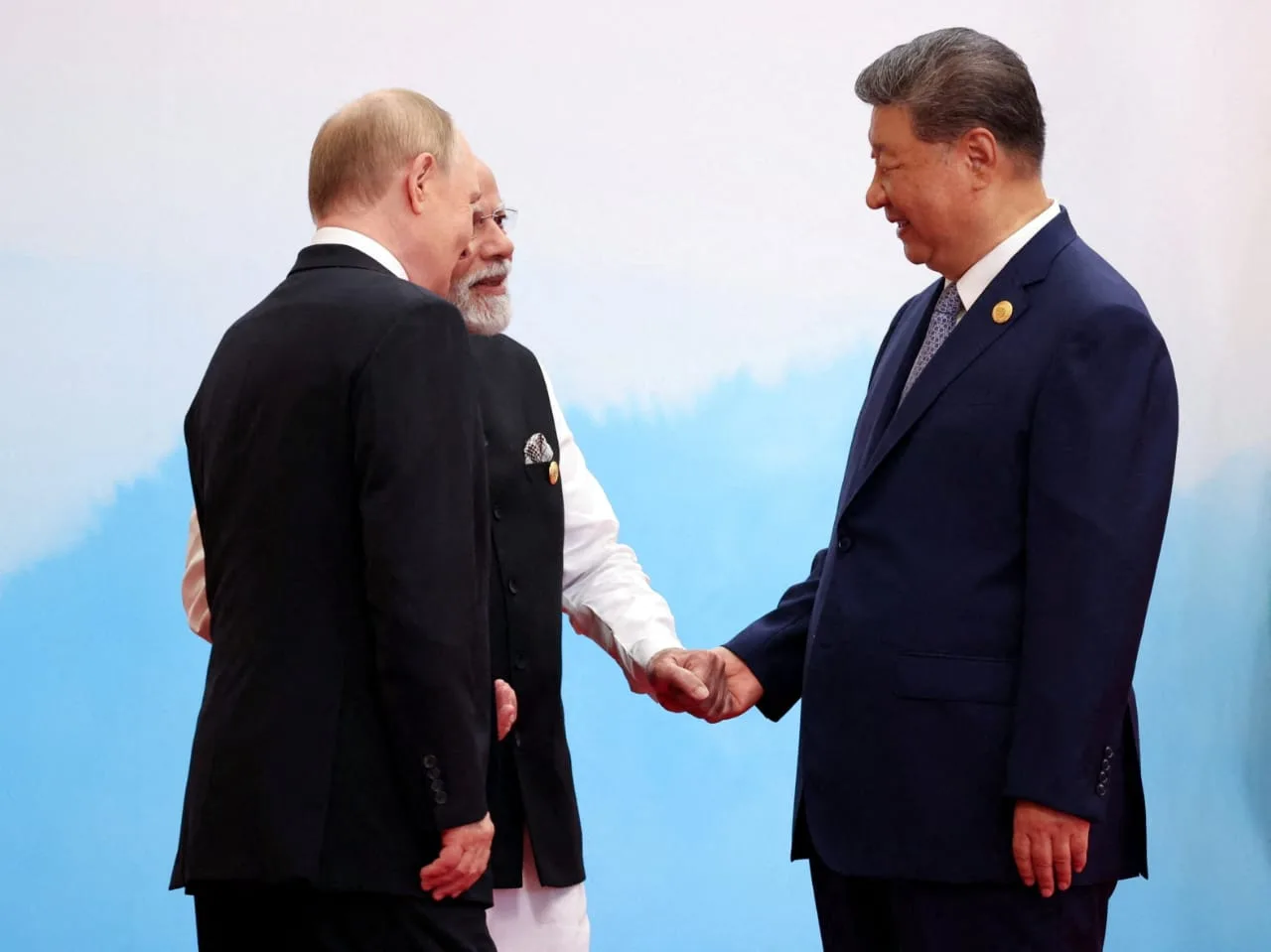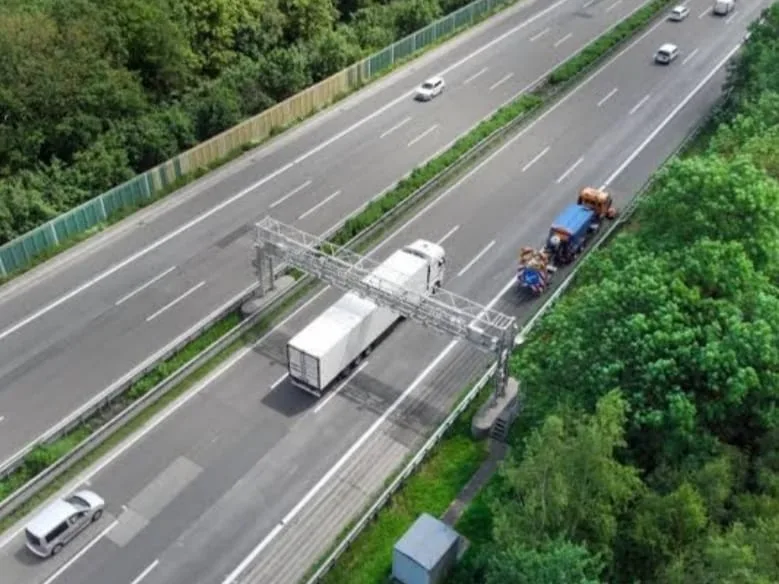The history of Vietnam is rich and complex, spanning thousands of years. Here’s an overview:
- Early History:
- Ancient Civilizations: The Red River Delta in Northern Vietnam was home to early civilizations, including the Dong Son culture known for its bronze casting .
- Kingdom of Văn Lang: Legend has it that the Hồng Bàng dynasty founded the first Vietnamese state, Văn Lang, around 2879 BC .
- Chinese Domination (111 BC – 938 AD):
- Han Dynasty: Vietnam came under Chinese rule during the Han Dynasty in 111 BC .
- Cultural Influence: Chinese rule brought significant cultural and administrative influences, including Confucianism, writing, and governance systems .
- Resistance Movements: Despite Chinese control, there were continuous uprisings and resistance movements aimed at regaining independence .
- Independence and Dynasties (939 AD – 1858 AD):
- Ngô Quyền: In 939 AD, Ngô Quyền defeated the Chinese and established an independent Vietnamese kingdom .
- Lý and Trần Dynasties: Subsequent dynasties, such as the Lý and Trần, strengthened the nation and defended against Mongol invasions .
- Expansion and Unification: Vietnamese rulers expanded their territory southward, leading to conflicts with neighboring kingdoms .
- French Colonial Period (1858 – 1945):
- French Indochina: France began colonizing Vietnam in the mid-19th century, establishing French Indochina, which included Vietnam, Laos, and Cambodia .
- Resistance to Colonial Rule: Vietnamese nationalists, such as Hồ Chí Minh, emerged to fight for independence from French colonial rule .
- Vietnam War (1955 – 1975):
- Division of Vietnam: Following the First Indochina War, Vietnam was divided into North Vietnam (Communist) and South Vietnam (supported by the United States) .
- Escalation of Conflict: The Vietnam War escalated as the United States became heavily involved to prevent the spread of communism .
- Fall of Saigon: In 1975, North Vietnamese forces captured Saigon, leading to the reunification of Vietnam under communist rule .
- Reunification and Modern Vietnam (1975 – Present):
- Socialist Republic: Vietnam became the Socialist Republic of Vietnam .
- Đổi Mới Reforms: In the late 1980s, Vietnam implemented economic reforms known as Đổi Mới, transitioning to a market-oriented economy .
- Economic Growth: Vietnam has experienced significant economic growth and development, becoming a major player in Southeast Asia .
- International Integration: Vietnam has strengthened its international relations and is a member of various global organizations .
REUNIFICATION Detailed :
The reunification of Vietnam is a pivotal event in the country’s history, marking the end of decades of division and conflict. Here’s a detailed account:
- Background:
- Geneva Accords (1954): Following the First Indochina War, the Geneva Accords temporarily divided Vietnam into North Vietnam (Democratic Republic of Vietnam) and South Vietnam (Republic of Vietnam) at the 17th parallel . Elections were supposed to be held in 1956 to reunify the country, but they never occurred .
- Ideological Divide: North Vietnam, led by Hồ Chí Minh, was communist, while South Vietnam, initially supported by the United States, was anti-communist .
- Escalation of Conflict:
- Vietnam War (1955-1975): The division led to the Vietnam War, with the North seeking to reunify the country under communist rule and the South trying to resist . The United States became heavily involved, supporting South Vietnam to prevent the spread of communism .
- Tet Offensive (1968): A turning point in the war, the Tet Offensive demonstrated the strength of the North Vietnamese forces and led to increased anti-war sentiment in the United States .
- Paris Peace Accords (1973): The Paris Peace Accords led to the withdrawal of U.S. forces, but the conflict between North and South Vietnam continued .
- Final Offensive:
- Spring Offensive (1975): In 1975, North Vietnam launched a final offensive, also known as the Ho Chi Minh Campaign, to capture South Vietnam .
- Fall of Saigon (April 30, 1975): North Vietnamese forces captured Saigon (now Ho Chi Minh City) on April 30, 1975, marking the end of the war and the collapse of South Vietnam .
- Reunification Process:
- Provisional Revolutionary Government: After the fall of Saigon, the Provisional Revolutionary Government of the Republic of South Vietnam governed the South temporarily .
- National Assembly Elections (1976): Elections were held in April 1976 to form a new National Assembly representing the unified Vietnam .
- Formal Reunification (July 2, 1976): On July 2, 1976, North and South Vietnam were officially reunified as the Socialist Republic of Vietnam, with Hanoi as its capital .
- Post-Reunification:
- Integration Challenges: The country faced significant challenges in integrating the two halves, including economic disparities and differing political systems .
- Economic Reforms (Đổi Mới): In the late 1980s, Vietnam launched economic reforms known as Đổi Mới, transitioning to a socialist-oriented market economy .
the reunification of Vietnam was the merging of North and South Vietnam into one country after a long and divisive war. A more detailed explanation includes the events leading up to reunification, the key milestones, and the challenges faced in integrating the two regions .
In simple terms, Vietnam’s history is a long story of fighting for independence and building a nation. More comprehensively, it includes early civilizations, Chinese domination, French colonization, the Vietnam War, and the country’s transformation into a modern, developing nation .these are the Reunification & history of Vietnam…visit www.eminentnews.com


